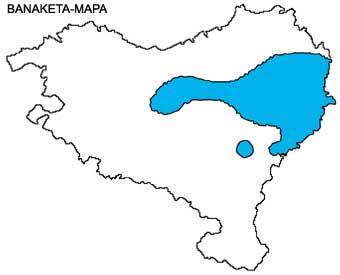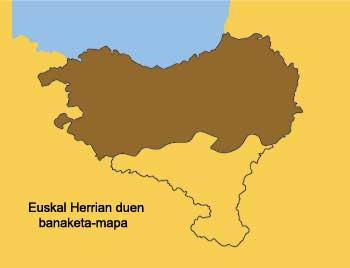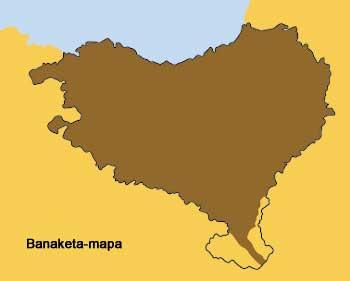Tick, prepared forest mason
1993/09/01 Aihartza, Joxerra Iturria: Elhuyar aldizkaria
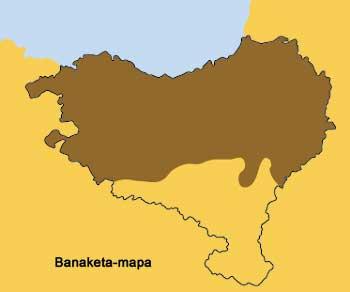
The Sitidos family is a curious group made up of fourteen species grouped into four genera that live scattered around the world, being the most outstanding characteristic of its members the enormous ability to loosen up on trunks and rocks. In Euskal Herria live two members of this group: the rocky bird (Tichodroma muraria) in rocky and rocky areas, and the tick (Sitta europaea) in our forests and forests.
The tick (Sitta europaea) is a pocolo and robust bird about 14 cm long, which can be distinguished at first sight by its demanding and long conical peak. In the dorsal part it has a bluish gray color from head to tail, while in the lower part it is brownish white, with the flanks somewhat more orange. On the other hand, it has a marked black footprint that runs through the eye on both sides of the neck and reaches the wings, while the cheeks and the potato appear white.
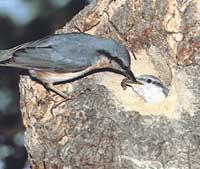
However, seeing a great bird, the most striking is undoubtedly the curious and singular march of this bird. And is that almost always we will see the tick going up and down the trunks and branches, with strong fingers supporting the bark of the trunk and packing. In this work, in addition, does not use the technique used by the birds of the waist, that is, does not use the tail feathers as support. On the contrary, the tick only uses its powerful nails to hold the trunks and branches, and we will see it the same in a simple ascension, although from head to head, that is directed towards the ground.
And it is that the tick is a bird of strictly forest character, which at all starts from the protection of the trees. On the contrary, its place of residence is a oak, marojal and hayedo old and compact, in which we can see, making short flights from the trunk to the trunk, extending to the four winds the singing of repeated clear notes.
The tick is a sedentary bird that, although it can live alone or as a couple throughout the year, when winter arrives, can accompany amilotx, chargers and others standing in small groups. At this time, and like most insectivores, the tick maintains, by default, a vegetarian diet, exploiting as food hazelnuts, beech, acorns and other fruits. Its robust beak, on the other hand, helps you in this work: collect the hazelnut or any other hard fruit, place it in some hole or hole of the trunk, and shake it with the sharp beak until breaking the skin and savoring the sweet crumb. It often has several deposits of fruits and hideouts, supplied in autumn, to cope with winter.
With the arrival of spring, the tick returns to the same diet and launches to catch insects and other invertebrates with enthusiasm, becoming a fervent cleaner of trunks due to its peculiar march. And is that the tick explodes on the trunks, and in the holes and slits of the area, chimorras, caterpillars and invertebrate eggs (especially to eat), thus becoming a peculiar bird in a great care of the health of the forest.
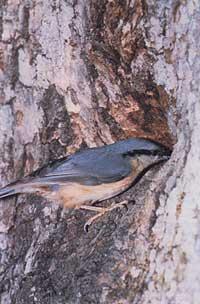
But spring is also a time to reproduce, and in this work there are also striking activities. And if the birds are carpenters or woodpeckers of the jungles, the tick is a fine mason when making the nest! In early April, the tick, after forming the pair, chooses one of the ancient holes of a bird to give the world to its chickens. The bird's hole looks a little large, so it is forced to perform conditioning work. To do this, the couple looks for a well or stream in the vicinity of the future nest and, approaching it, begins to collect the mud.
The pieces of clay are collected with great care at the beak and taken to the nest, which allows to adjust the hole of the portal to their measure (placing and slowly manipulating the mud until the portal is molded of appropriate size). In turn, they cover with mud the holes and grooves that may exist inside the nest and finally collect pieces of leaves, trunk covers and chopsticks to form a soft bed.
Once these works are completed, and at the end of April, the female lays between 6 and 10 eggs and must perform a chitaje of 14-18 days before the birth of the offspring, which is responsible for bringing the food for her companion. These chickens, for their part, will take another 20-25 days to leave the nest, a time when parents have to work hard to meet the needs of the offspring.
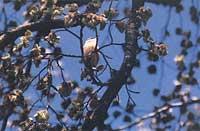
The ticks, widely spread throughout Europe, Asia and North Africa, are found practically in the Basque Country, except in the Rioja Alavesa and southern Navarre, where it does not have the right accommodation. And, as mentioned, the tick needs old and rich forests to live, something it does not find in these regions. As for the place of residence, the tick loves extensive and compact jungles, and resists isolated forests or small groups of trees.
On the other hand, it prefers frondosas of granular trunk, such as robledales, marojales, and mixed forests of chestnuts, ash, linden, elm, etc., and to a lesser extent it is also found in beech and beech fir. As for the holm oaks and quejigales, they do not like, and in the pine forests it is difficult to see, since there is very difficult to find an appropriate place to nest.
Technical information Species: Sitta europeFamily: |

Gai honi buruzko eduki gehiago
Elhuyarrek garatutako teknologia




